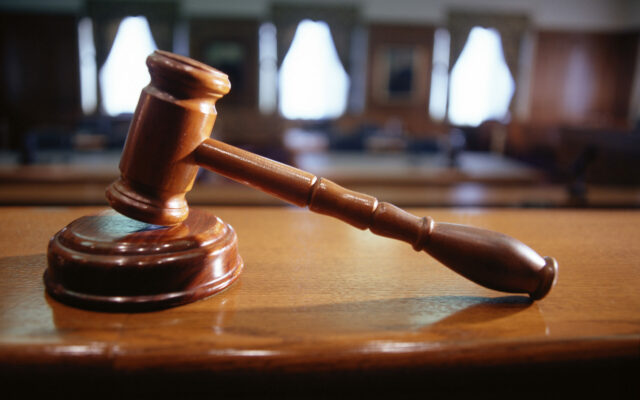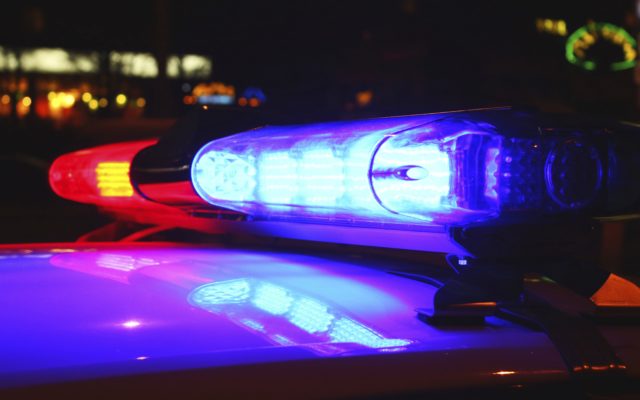What to expect when Jeff Bezos launches into space

▶ Watch Video: Jeff Bezos going to space on his company’s first human space flight
“It’s a thing I’ve wanted to do all my life. It’s an adventure,” Jeff Bezos said in an Instagram video as he announced plans to fly into space next month. The billionaire businessman will take a seat aboard the spacecraft built by his company, Blue Origin, for its first passenger launch July 20.
The New Shepard spacecraft — named in honor of Mercury astronaut Alan Shepard, the first American to fly in space — is a fully automated, fully reusable rocket and capsule designed to carry passengers and research payloads on brief sub-orbital flights.
Here’s the New Shepard system at a glance, and a look at what passengers can expect.
Builder
Blue Origin, owned by Amazon founder Jeff Bezos; headquartered in Kent, Washington.
Launch site
Launch Site One at Blue Origin’s flight test facility near Van Horn, Texas.
Passengers
Seats up to six people. Bezos’ brother, Mark Bezos, will be joining him on the July 20 flight. Another seat is being offered up for auction to the highest bidder.
Cost per flight
Not yet revealed, but expected to run several hundred thousand dollars per seat.
Maximum altitude
About 65 miles.
NASA, the U.S. Air Force and the Federal Aviation Administration consider 50 miles the somewhat arbitrary “boundary” between the discernible atmosphere and space. The Fédération Aéronautique Internationale, a governing body for aviation-related sports and records, considers 100 kilometers, or 62 miles, the point at which space effectively begins. New Shepard will meet both requirements.
Mission duration
From launch to landing, the flight will last 10 to 12 minutes.
Spacecraft dimensions
Sixty feet tall with capsule; 10 to 12 feet in diameter.
Flights to date
Blue Origin says there have been “15 successful consecutive missions including three successful escape tests.” The July 20 launch will be the first with passengers on board.
Booster
A single-stage rocket powered by a Blue Origin-designed BE-3 engine burning liquid oxygen and hydrogen propellants generating 110,000 pounds of thrust. The engine can be throttled to provide different power levels depending on flight requirements. The booster features an aerodynamic stabilizers at the top to reduce fuel usage during descent and deployable air brakes to reduce velocity as it nears the ground.
The BE-3 will burn for about 150 seconds before releasing the crew capsule. While the capsule continues upward in free flight, the booster will drop back to Earth tail first, deploying aerobrakes to slow down, restarting the BE-3 engine and landing vertically on four extended legs on a concrete pad near the launch site.
Capsule
The 12-foot-wide New Shepard capsule is fully automated, not controlled by a pilot on board. It’s equipped with six reclining seats, communications gear and six windows that Blue Origin says are the biggest ever built for a crewed spacecraft.
What passengers will experience
During launch, passengers will experience about three times the normal force of gravity, or 3Gs. After release from the booster, the capsule will continue flying upward to a maximum altitude of about 65 miles before dropping back to Earth.
Near the top of the trajectory, passengers will be able to unstrap and experience three to four minutes of weightlessness as the capsule falls back into the lower atmosphere.
Landing
Large braking parachutes deploy on computer command to slow the capsule for landing. An instant before touchdown, small rockets fire to reduce the velocity to walking speed.
Crew escape system
The New Shepard capsule is equipped with a built-in rocket motor capable of propelling the spacecraft safely away from a malfunctioning booster at any point in the launch. The abort system has been successfully tested in flight to mimic failures during the most stressful regimes of flight.



